As a baker, I always wonder if my ingredients are still good to use, especially when they have been sitting in my pantry for a while.
One of the ingredients that I often use is cream of tartar. But does cream of tartar go bad? In this article, I will explore the shelf life of cream of tartar and how to tell if it has gone bad.
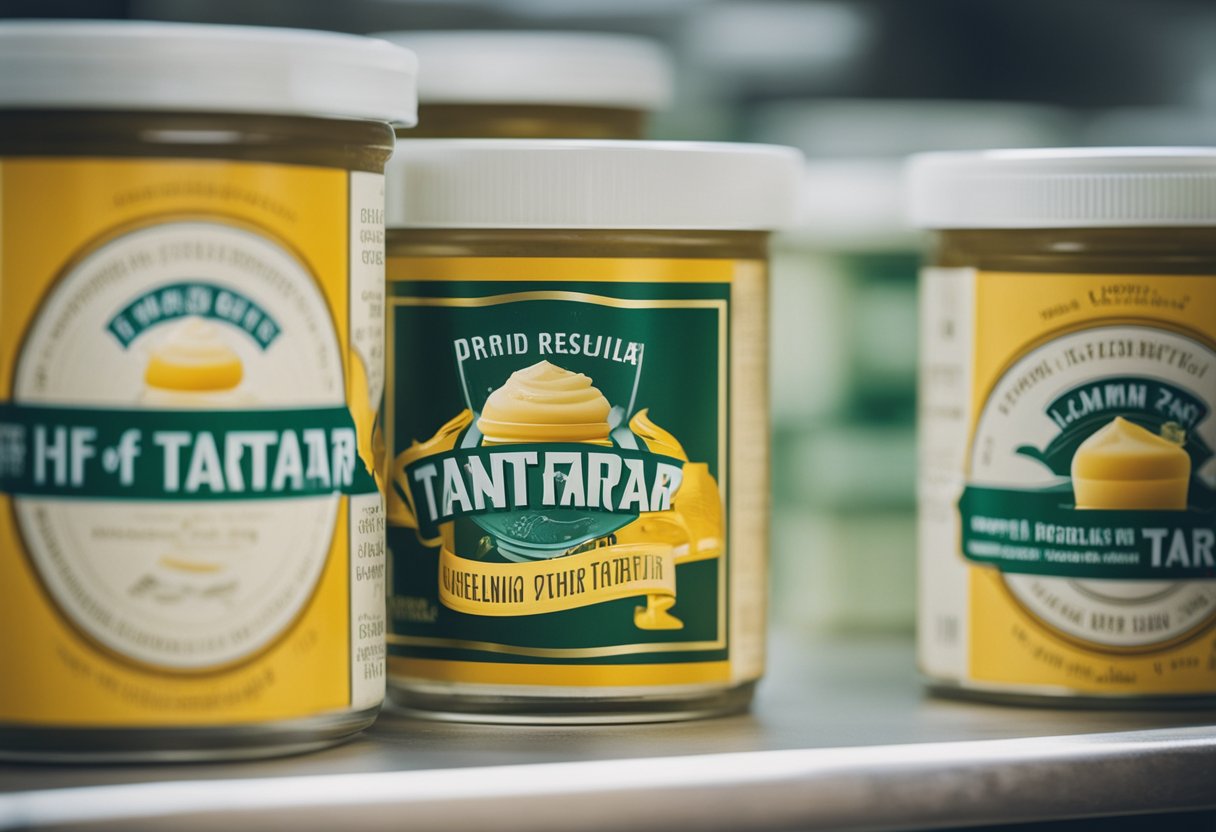
Cream of tartar is a white, odorless powder that is often used in baking. It is a byproduct of winemaking and is also known as potassium bitartrate.
Cream of tartar is commonly used to stabilize egg whites, prevent sugar from crystallizing, and activate baking soda. But how long can you keep cream of tartar in your pantry?
Does it expire? And how can you tell if it has gone bad? These are some of the questions we will answer in this article.
Key Takeaways
- Cream of tartar can last indefinitely as long as it is stored properly.
- Signs of spoilage in cream of tartar include clumping, discoloration, and a sour smell.
- If you don’t have cream of tartar, you can use lemon juice or white vinegar as a substitute.
Understanding Cream of Tartar
As a baking ingredient, cream of tartar is a powdery substance that is used to stabilize egg whites and prevent sugar from crystallizing. It is a byproduct of wine-making and is also known as potassium bitartrate or tartaric acid.
Cream of tartar is a white, odorless powder that is slightly acidic in nature. It is soluble in water and has a sour taste. It is commonly used in baking recipes such as meringues, angel food cakes, and snickerdoodle cookies.
One of the unique properties of cream of tartar is its ability to stabilize egg whites. When egg whites are beaten, they can become unstable and lose their structure.
Adding cream of tartar to the egg whites helps to stabilize them and prevent them from collapsing.
In addition to its use in baking, cream of tartar is also used as a cleaning agent. It can be used to clean brass and copper cookware, as well as remove stains from fabrics.
When it comes to storage, cream of tartar has a long shelf life and does not go bad as long as it is stored properly. It should be kept in an airtight container in a cool, dry place away from moisture and heat.
Overall, cream of tartar is a versatile and useful ingredient in baking and cleaning. Its unique properties make it a valuable addition to any kitchen.
The Role of Cream of Tartar in Baking

As a baking enthusiast, I have found that cream of tartar is a versatile ingredient that can be used in many recipes. It is commonly used as a leavening agent in baked goods and helps to create the perfect texture and rise.
Cream of tartar is often used in conjunction with baking soda to create homemade baking powder. This combination is particularly useful when making cookies, cakes, and other baked goods that require a light and fluffy texture.
In addition to its leavening properties, cream of tartar can also be used to stabilize egg whites and whipped cream.
Adding a pinch of cream of tartar to egg whites while whipping them creates a foam with small, stable bubbles that hold their shape and create stiff peaks.
It is also useful when making meringues, soufflés, and other recipes that require egg whites to be whipped to a high volume.
When making whipped cream, adding a pinch of cream of tartar can help to stabilize it and prevent it from deflating. This is particularly useful if you plan to use the whipped cream as a topping for a cake or pie.
Overall, cream of tartar is an essential ingredient in any baker’s pantry. Its versatility and ability to create light, airy textures make it a valuable addition to many recipes.
Whether you are making homemade baking powder, stabilizing egg whites, or creating the perfect whipped cream, cream of tartar is a must-have ingredient for any baking enthusiast.
Does Cream of Tartar Expire?
As a baking enthusiast, I often wonder if my ingredients are still good to use after a certain period. Cream of tartar is one of those ingredients that I always have on hand, but I don’t use it very often. So, I’ve been curious about the shelf life of cream of tartar.
According to my research, cream of tartar does not have an expiration date. It can last indefinitely as long as it is stored properly.
However, it may lose its potency over time, and after a few years of storage, it may not work as well as a fresh package.
The shelf life of cream of tartar can be extended by storing it in an airtight container in a cool, dry place away from direct sunlight and moisture. This will prevent it from absorbing moisture from the air, which can cause it to clump and lose its potency.
Although cream of tartar does not have an expiration date, it may have a “best-by” date on the label. This date indicates the period during which the cream of tartar will retain its maximum potency and quality.
After this date, the cream of tartar may still be safe to use, but it may not work as well as a fresh package.
To test the potency of cream of tartar, you can stir a half-teaspoon into a half-cup of warm water and add a pinch of baking soda. If it foams vigorously, the cream of tartar is still good to use.
In conclusion, cream of tartar does not expire, but it may lose its potency over time. The shelf life of cream of tartar can be extended by storing it properly in an airtight container in a cool, dry place.
Always check the “best-by” date on the label and test the potency before using it in your baking.
Signs of Spoilage in Cream of Tartar
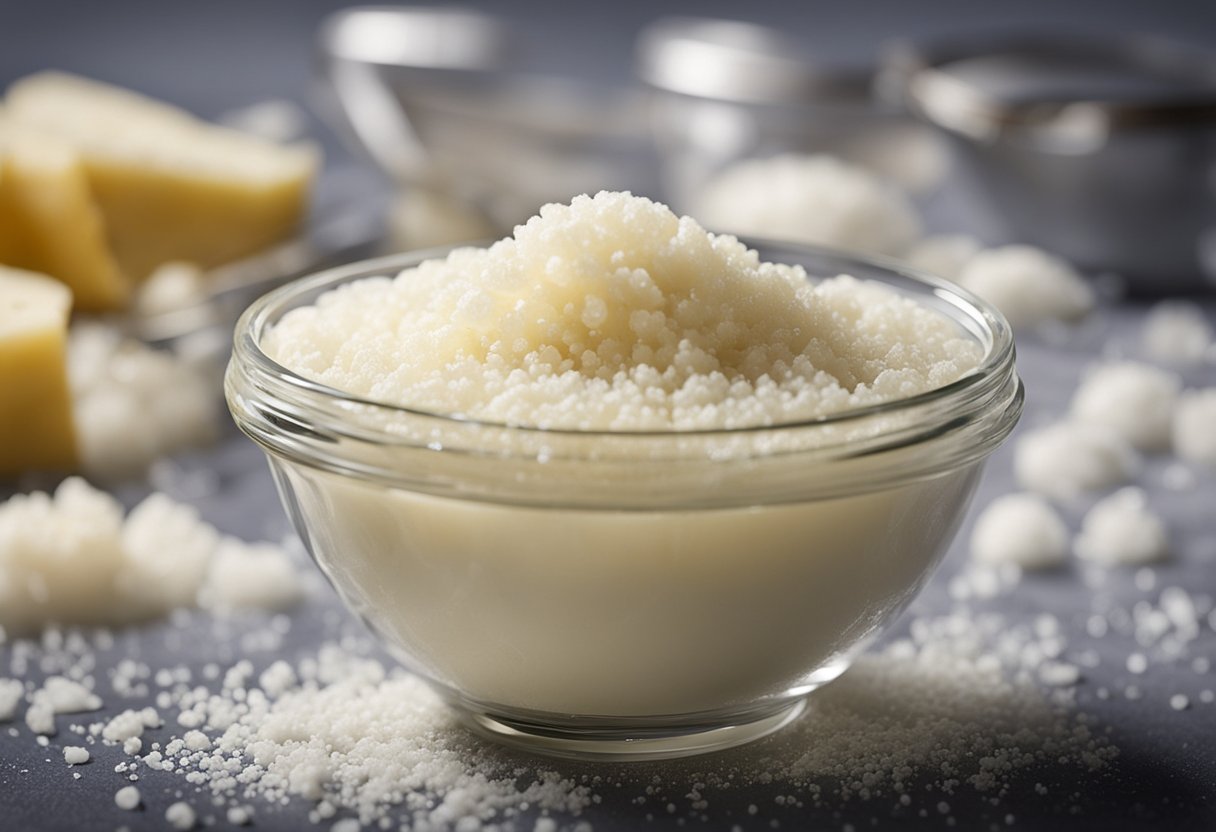
As with any food product, cream of tartar can go bad. It’s important to know the signs of spoilage so you can avoid using it in your recipes.
Here are some things to look out for:
Mold
Mold is a clear sign that your cream of tartar has gone bad. If you see any mold patches or any other organic growth on the surface, it’s time to get rid of it immediately.
Smell
If your cream of tartar has an off smell, it’s another indication that it’s gone bad. It should have a neutral smell, so if it smells funky or rancid, it’s time to toss it.
Lumps
If you notice lumps or one big hard mass in your cream of tartar, it’s a sign that moisture has reached the powder.
Although the presence of moisture does not immediately mean spoilage, the cream of tartar itself will not function when it is thickened. In this case, you will have to throw everything away.
Discoloration
If your cream of tartar has any discoloration, dark marks, or a slightly yellowish tinge, it’s time to toss it. These are all signs that it’s gone bad.
Appearance
Finally, if your cream of tartar looks different than it usually does, it’s a sign that it’s gone bad. It should be a white powder with a fine texture. If it looks clumpy or has an unusual texture, it’s time to get rid of it.
In summary, if your cream of tartar has mold, an off smell, lumps, discoloration, or an unusual appearance, it’s time to toss it and get a fresh batch.
Proper Storage of Cream of Tartar
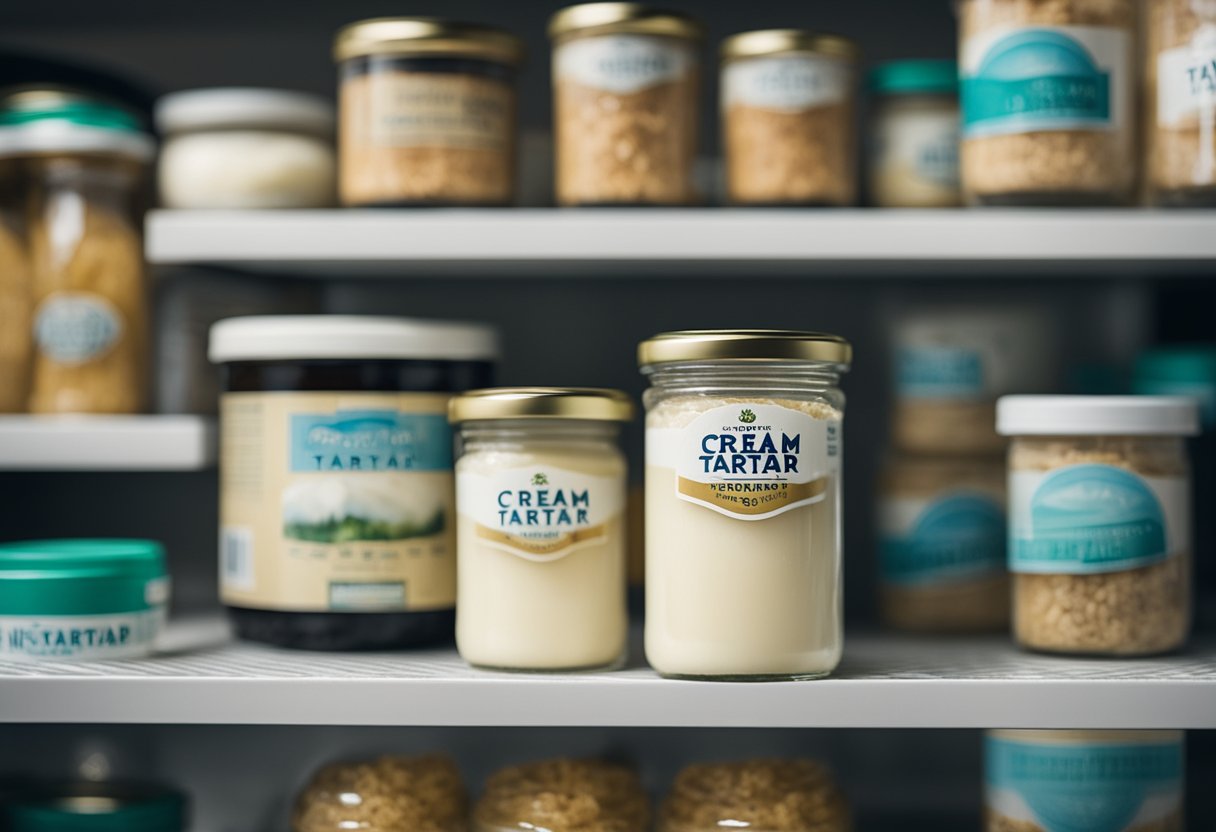
As with any dry baking ingredient, proper storage is key to ensuring the longevity and effectiveness of cream of tartar.
Here are some guidelines to follow:
- Store cream of tartar in an airtight container to prevent moisture and air from affecting its potency.
- Keep it in a cool, dry place away from direct sunlight and heat sources, such as the stove or oven. A pantry, kitchen cupboard, or cabinet works perfectly.
- Avoid storing cream of tartar near sources of water or humidity, such as the sink or dishwasher.
- Make sure the lid of the container is tightly sealed to prevent air from getting in.
- If you live in a particularly humid climate, consider storing cream of tartar in the refrigerator to prolong its shelf life.
It’s important to note that cream of tartar does not spoil or become unsafe to consume, but it can lose its effectiveness over time. By following these storage guidelines, you can ensure that your cream of tartar stays fresh and potent for as long as possible.
Impact of External Factors on Cream of Tartar
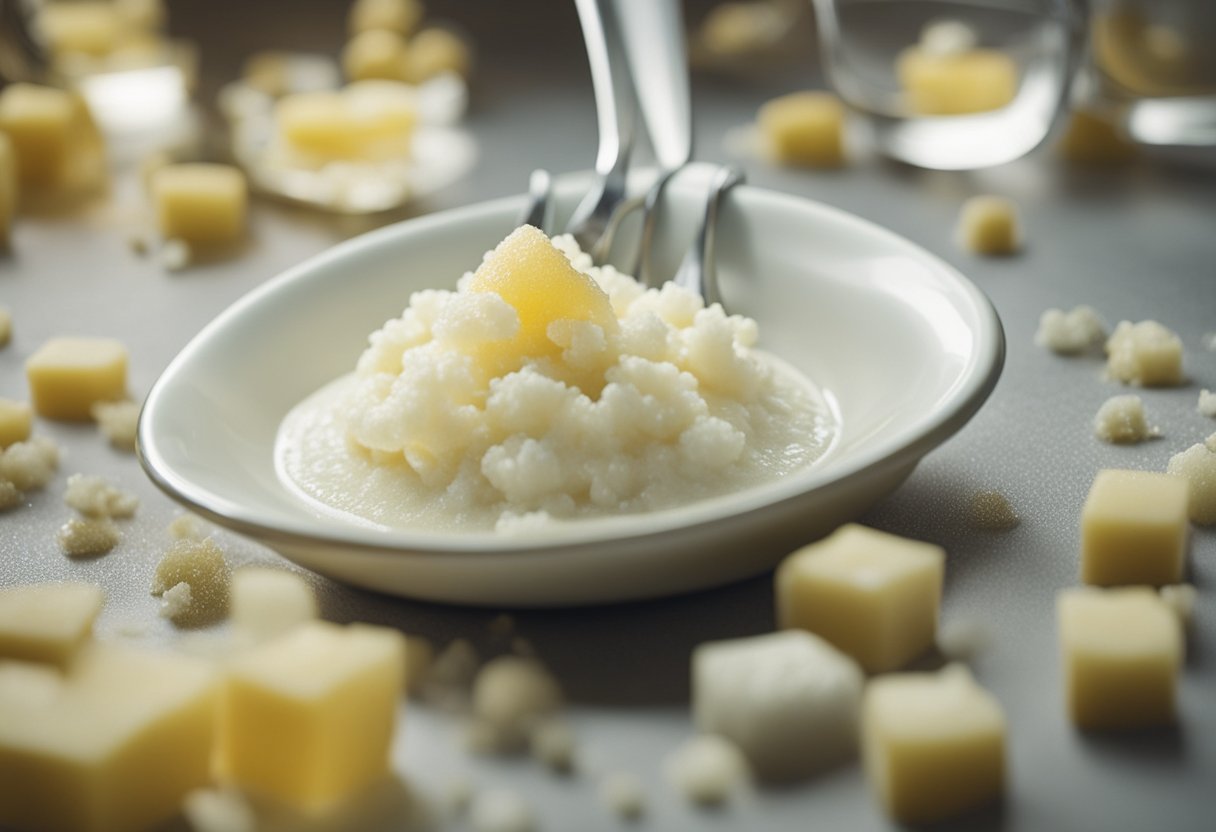
As with any food ingredient, external factors can affect the quality and shelf life of cream of tartar. Here are some of the factors that can impact cream of tartar:
Moisture
Moisture is one of the biggest enemies of cream of tartar. When exposed to moisture, the powder can clump together and become unusable.
To prevent this from happening, it is important to store cream of tartar in a dry place, away from any sources of moisture. If you notice any lumps or hard masses in your cream of tartar, it’s best to discard it.
Temperature
Temperature can also affect the quality of cream of tartar. High temperatures can cause the powder to lose its potency and become less effective in recipes.
On the other hand, low temperatures can cause the powder to become hard and difficult to use. It is best to store cream of tartar at room temperature, away from any sources of heat or cold.
Exposure
Exposure to air and light can also affect the quality of cream of tartar. When exposed to air and light, the powder can lose its potency and become less effective in recipes.
To prevent this from happening, it is best to store cream of tartar in an airtight container, away from any sources of light.
Humidity
Humidity can also affect the quality of cream of tartar. When exposed to high humidity, the powder can clump together and become unusable.
To prevent this from happening, it is important to store cream of tartar in a dry place, away from any sources of humidity.
Contact with Water
Contact with water can also affect the quality of cream of tartar. When mixed with water, the powder can lose its potency and become less effective in recipes.
To prevent this from happening, it is best to measure out the cream of tartar before adding it to any recipes, and to avoid exposing it to any sources of water.
Overall, it is important to store cream of tartar in a cool, dry place, away from any sources of moisture, heat, air, light, humidity, and water.
By taking these precautions, you can ensure that your cream of tartar stays fresh and effective for as long as possible.
Substitutes for Cream of Tartar
When it comes to baking, cream of tartar is often used as a leavening agent or to stabilize egg whites. However, if you don’t have any cream of tartar on hand or it has gone bad, there are several substitutes you can use instead.
One common substitute for cream of tartar is lemon juice. Lemon juice has a similar acidity level to cream of tartar and can be used in the same amount as the cream of tartar called for in the recipe. Keep in mind that lemon juice may add a slightly different flavor to your recipe.
Another substitute for cream of tartar is vinegar. Both white vinegar and apple cider vinegar can be used as a substitute for cream of tartar.
White vinegar is often preferred because it has a milder flavor than apple cider vinegar. To substitute, use the same amount of vinegar as the cream of tartar called for in the recipe.
If you don’t have any vinegar on hand, you can also use baking powder as a substitute for cream of tartar.
Baking powder is a combination of baking soda and cream of tartar, so it can be used in place of cream of tartar in recipes that call for both baking soda and cream of tartar.
In summary, there are several substitutes for cream of tartar that can be used in baking recipes. Lemon juice, vinegar, and baking powder are all viable options.
When substituting, use the same amount of the substitute as the cream of tartar called for in the recipe.
Additional Uses of Cream of Tartar
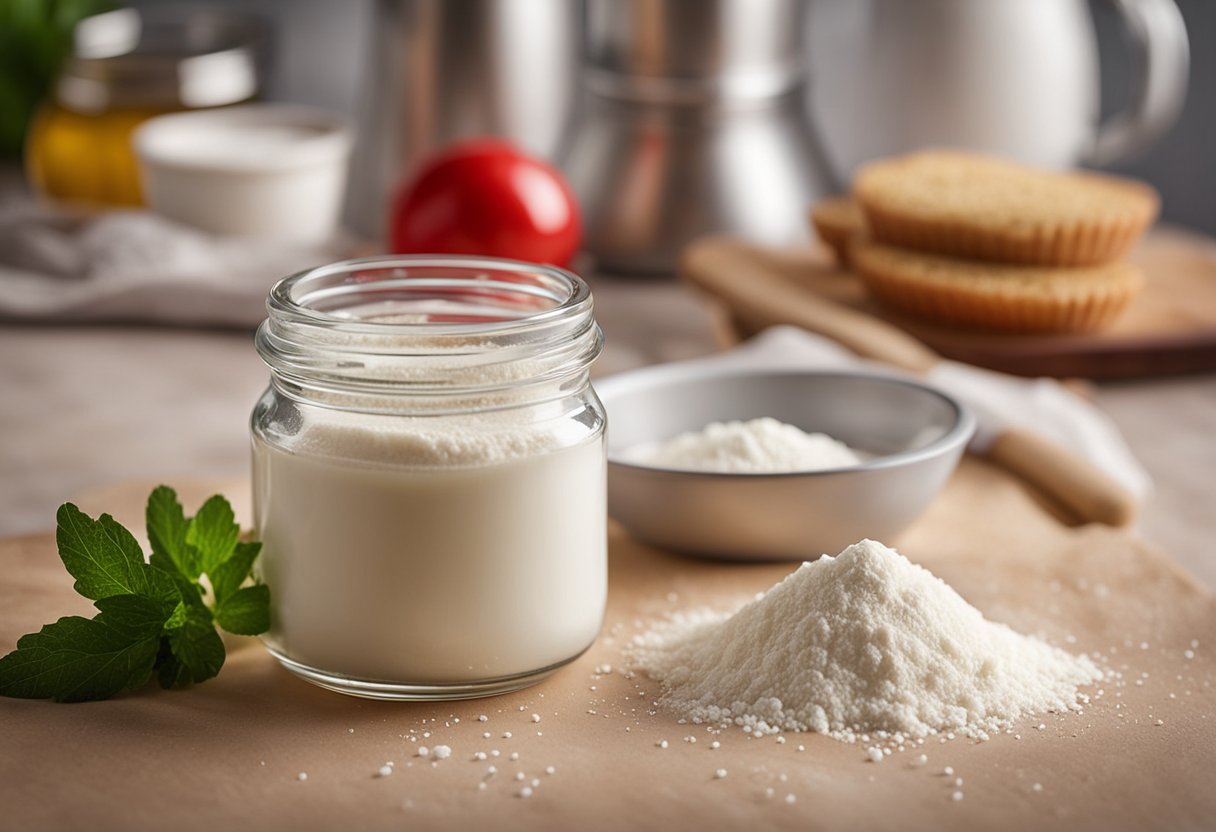
Cream of tartar is a versatile ingredient that has many uses beyond baking. Here are some additional ways you can use cream of tartar:
Production
Cream of tartar is a byproduct of wine production. It is formed when tartaric acid in grape juice crystallizes. The crystals are then collected and processed into cream of tartar.
Winemaking
Cream of tartar is also used in winemaking to stabilize the color and flavor of wine. It is added to wine during the fermentation process to prevent the formation of crystals that can affect the quality of the wine.
Cleaning
Cream of tartar is an effective cleaning agent that can be used to clean a variety of surfaces. For example, it can be used to clean metal surfaces, such as copper and brass. Simply mix cream of tartar with water to form a paste and apply it to the surface.
Dishwasher
You can use cream of tartar to clean your dishwasher. Simply sprinkle some cream of tartar on the bottom of the dishwasher and run it through a cycle. This will help remove any built-up residue and leave your dishwasher smelling fresh.
Sink
Cream of tartar can also be used to clean your sink. Mix cream of tartar with water to form a paste and apply it to the sink. Let it sit for a few minutes before scrubbing it gently with a cloth or sponge. Rinse thoroughly and dry.
Toilet
You can use cream of tartar to clean your toilet bowl. Mix cream of tartar with water to form a paste and apply it to the inside of the bowl. Let it sit for a few minutes before scrubbing it with a toilet brush. Rinse thoroughly and flush.
Metal
Cream of tartar can be used to clean metal surfaces, such as pots and pans. Mix cream of tartar with water to form a paste and apply it to the surface. Let it sit for a few minutes before scrubbing it gently with a cloth or sponge. Rinse thoroughly and dry.
Overall, cream of tartar is a useful ingredient to have in your pantry. It has many uses beyond baking and can be used to clean a variety of surfaces.
Cream of Tartar and Health
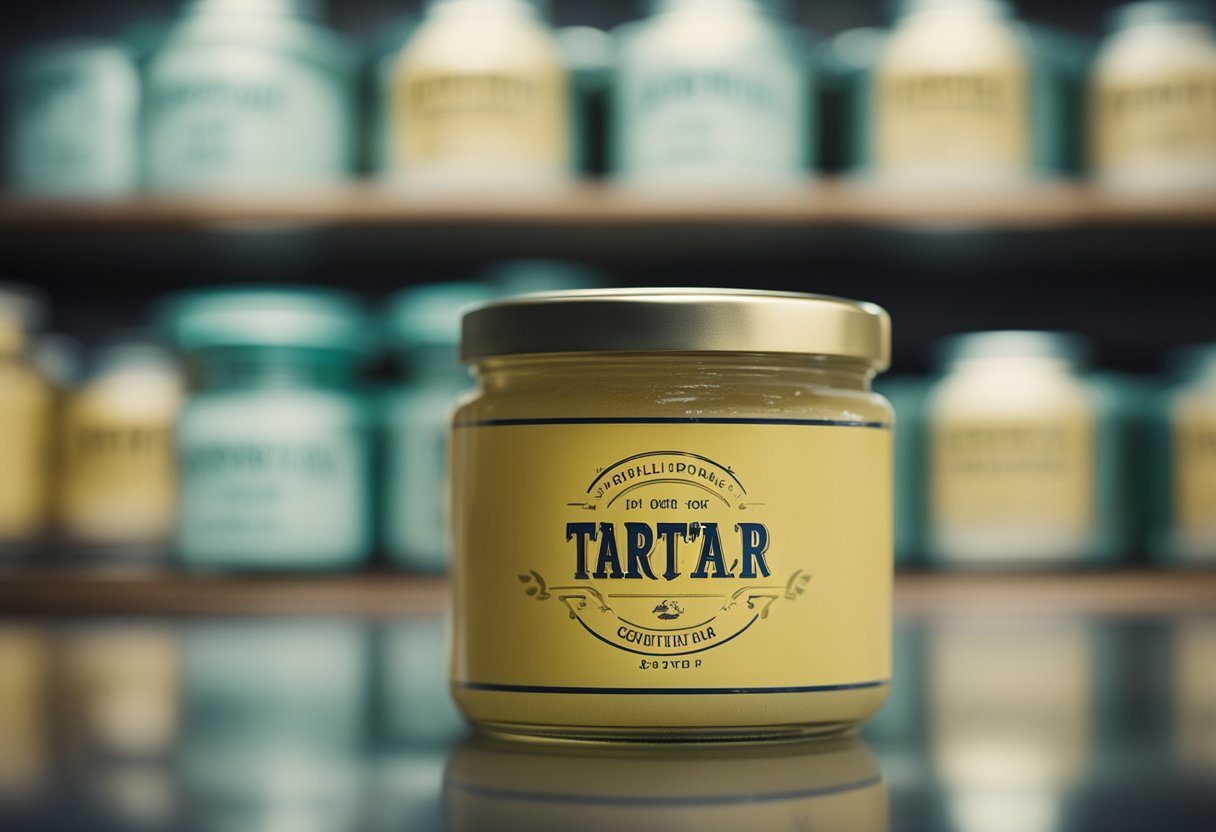
As a byproduct of wine production, cream of tartar is a natural substance that is rich in potassium. In fact, it contains more potassium per gram than bananas, which are often touted as a great source of potassium.
Potassium is an essential mineral that plays a critical role in many bodily functions, including muscle contraction, nerve function, and fluid balance.
Calcium is another essential mineral that is present in cream of tartar. Calcium is important for maintaining strong bones and teeth, as well as for muscle function and nerve transmission.
While cream of tartar is not a significant source of calcium, every little bit counts when it comes to meeting your daily recommended intake.
Some people believe that cream of tartar can help promote organic growth, but there is no scientific evidence to support this claim. While cream of tartar is a natural substance, it is not a miracle cure for anything.
Overall, cream of tartar is a safe and healthy ingredient to use in cooking and baking. It is important to note, however, that cream of tartar is high in potassium, so people with kidney problems or other health issues that affect their potassium levels should speak with their doctor before consuming it.
Frequently Asked Questions
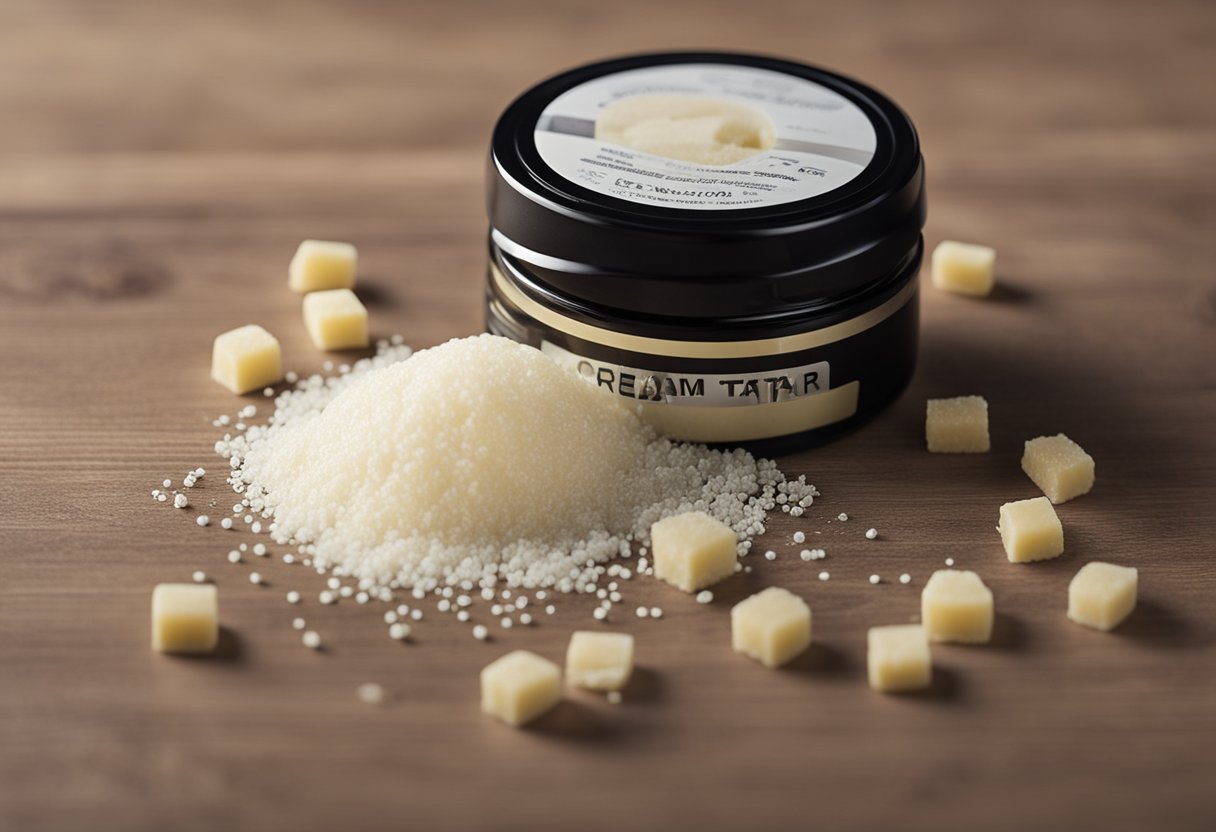
Can cream of tartar go bad?
Cream of tartar does not go bad in the traditional sense. However, it can lose its potency over time, which can affect its effectiveness in certain recipes.
How long can cream of tartar last?
As long as it is stored in an airtight container away from moisture and heat, cream of tartar can last indefinitely.
What are the signs that cream of tartar has gone bad?
There are no specific signs that cream of tartar has gone bad. However, if it has been exposed to moisture, it may clump together and become unusable.
Is it safe to use expired cream of tartar?
While expired cream of tartar is not harmful to consume, it may not be as effective in recipes as fresh cream of tartar. It is best to use fresh cream of tartar for optimal results.
What is a good substitute for cream of tartar?
Lemon juice or white vinegar can be used as a substitute for cream of tartar in some recipes. However, keep in mind that they may alter the flavor of the final product.
Does cream of tartar lose its potency over time?
Yes, cream of tartar can lose its potency over time. It is best to use fresh cream of tartar for optimal results in baking and cooking.







